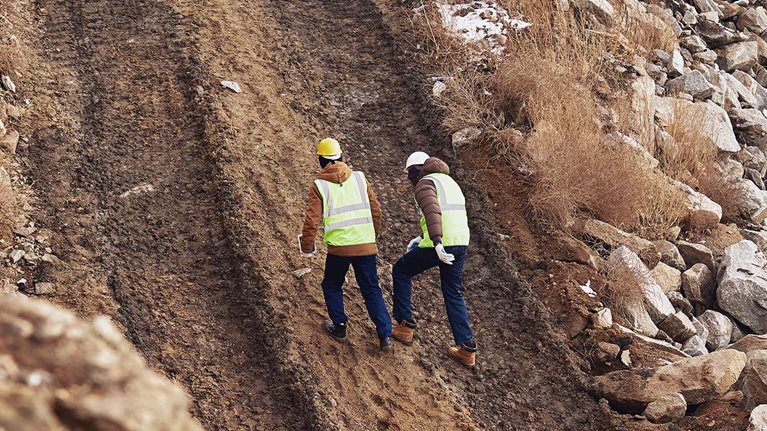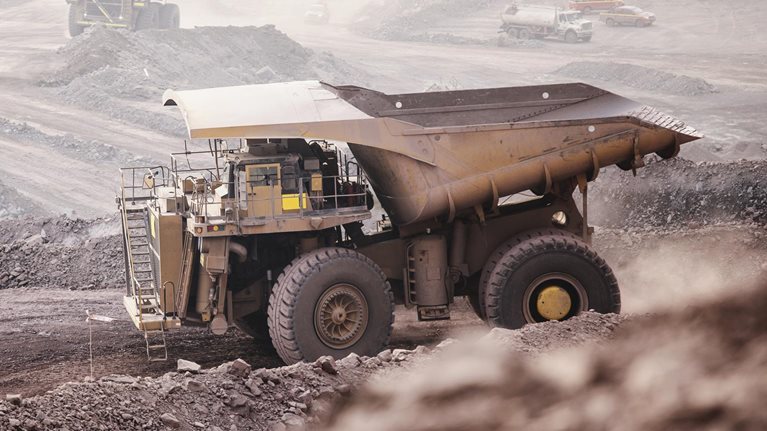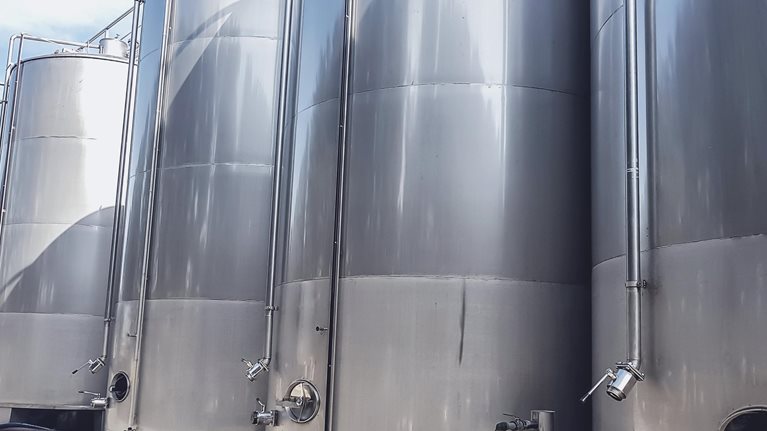Cyclical commodities pricing has historically driven financing challenges for mining companies: volatile valuations, reflected in an average 1.4 times price-to-book ratio, compared with 2.5 times for the S&P 500 and 1.7 times for the FTSE 100,1 as well as cyclical capital expansion, reflected in “peaky” expansion cycles, which are 73 percent correlated with commodities prices.2
The impact of this is highly variable valuations, as well as underinvestment during downcycles and overinvestment during upcycles—especially for junior mines and exploration projects.
The COVID-19 crisis has the potential to exacerbate these challenges, with prices under pressure in many commodities, driven by demand and supply disruptions. There is a critical need to address the industry’s financing challenges to avoid underinvestment during the COVID-19 crisis, which could affect production for years to come (for an example, see Greg Callaway and Oliver Ramsbottom, “Can the gold industry return to the golden age?,” April 2019).
By taking a disciplined approach to capital planning and diversifying financial portfolios, miners can make better long-term-investment decisions, maintain stronger balance sheets, and likely see more consistent returns and valuations.
What: The challenge of investment in mining
Commodity prices are notoriously cyclical—mining has seen five cycles since 2000.3 Going forward, we can expect to see similar cyclicity and greater volatility within cycles, as declining ore grades and deteriorating mine conditions cause operating costs to rise and the cost curve to steepen.4
Cyclicity creates related challenges for mining companies when it comes to financing: volatile valuations and cyclical capital expansion.
Would you like to learn more about our Metals & Mining Practice?
Volatile valuations
Historically, mining valuations have been closely correlated with spot prices. This is true even compared with other capital-intensive industries. Mining market capitalizations are 93 percent correlated with commodity prices, compared with 84 percent in oil and gas, 64 percent in steel, and 60 percent in pulp and paper.5
We also see a consistent gap between industry-wide enterprise value when calculated using discounted cash flows (reflecting intrinsic performance) versus when calculated using market capitalization (reflecting investor confidence)—on average, 1.4 times higher since 2008.6
This is also reflected in low price-to-book ratios for mining relative to other industries: 1.4 times median ratio for mining companies from 2008 to 2018, compared with 2.5 times for the S&P 500 and 1.7 times for the FTSE 100.7
Mining’s volatile valuations reduce the financial attractiveness of public equity for miners, contributing to volatile investment cycles.
Cyclical capital expansion
Perhaps as a consequence of the strong correlation between prices and valuations, mining companies tend to go through highly “peaky” capital-expansion cycles, as the ability to raise funds is correlated to price levels. The correlation between price and investment spend is high—73 percent over the past decade—and is expected to continue going forward, based on anticipated capital-expenditure-expansion plans (exhibit).

As a result, many companies fail to capitalize on high pricing when it occurs because they have underinvested in the downcycle. This is especially true for junior mines and exploration projects. In the downcycle, by contrast, companies may find themselves overextended because of excessive expansion programs at the top of the cycle. This is a strategic challenge as much as a financing one, though financing can help increase the strategic “degrees of freedom” for mining companies.
Why now? Mining industry outlook and context
The mining industry’s current context creates a need and an opportunity to address the sector’s financing challenges. Prices have sharply declined since January 2020 in many commodities, including thermal coal, zinc, steel, copper, aluminum, lead, nickel, iron ore, and metallurgical coal.8
We are already seeing an increase in debt, auguring a return to the industry’s boom-and-bust financing cycle.9 Without structural change, the downturn that the COVID-19 crisis looks poised to precipitate would mean another cycle of capital flight, overextended balance sheets, and falling valuations.
How to address: Taking a disciplined approach to capital planning and using the full range of financial levers
Leading companies have a clear perspective on use of cash and capital returns through the cycle, including risk-based views on the sources and uses of cash. They evaluate where they are in the cycle against their long-term capital-expansion plans to develop through-cycle-financing plans:
- Take a disciplined approach to capital planning, saving more during the upcycle and continuing to buy during the downcycle:
- Review the traditional spending cycles. Price cycles suggest that it is more relevant for miners to save during upcycles and invest during downcycles.
- Benchmark the level of investment needed. McKinsey research on the impact of big moves on economic profit suggests that leaders spend 1.7 times more than the industry median (measured by annual capital expenditure to revenue).
- Dynamically reallocate resources. We find that businesses that reallocate substantially see outsize, and more sustainable, performance relative to peers. Our research suggests the bar is reallocating at least 50 percent of capital expenditure among businesses over a decade, supported by assessing businesses’ performance at the cell level.
- Debias the process. Adopt organizational, analytical, and debate countermeasures intended to counter the most common cognitive biases.
- Use the full range of financial levers, including the following, to manage capital and returns through the cycle:
- Equity. For most majors, this means issuing stock when net asset values fall below market valuation. Specialist-mining private equity can also be an attractive alternative for juniors that struggle to raise on public markets.
- Corporate debt. Take on debt when the company can handle interest payments, either in a period of sustained moderate-to-high pricing (though avoiding expansion during fly-up periods in which oversupply is likely) or in a period of low interest rates.
- Alternative financing and debt-like instruments. Use all no-core debt levers, such as streaming and net smelter returns10 and net profits interest.11 These alternative financing means allow companies to provide a variable payout to the lender, depending on the financial performance of the company and spot prices.
- Asset- or project-linked financing. Take advantage of low valuations or opportunistic access to the right strategic partners to fund green- or brownfield projects when traditional structures are less available or attractive.
- Sale of no-core assets (for example, tolling, joint ventures, and rental agreements). Protect the balance sheet and drive clearer valuations by selling a portion of the value of an existing or new asset in exchange for financing or by converting capital expenditures to operating expenditures when possible.12
- Cash management. Optimize net working capital and operational cash flow to direct a greater share of cash to high-value projects. Free cash flow for the industry has declined 25 percent since the 2015 price crash,13 suggesting that it may be time to review cash management again.
- Develop a target financing portfolio. Companies are increasingly adopting target asset portfolios, but few take a similarly rigorous approach to financing. Establishing top-down goals that go beyond deleveraging can help companies take a longer-term view of financing and evaluate options more thoughtfully. This can include clear guidelines for which financing structures are preferred under different market conditions (and at what scale), as well as target through-cycle financial-health metrics and guidelines for when these may be breached (for example, net-debt-to-EBITDA14 targets).
While through-cycle-mining returns are attractive, investors have historically been discouraged by near-term fluctuations in commodity prices. This, in turn, has driven volatile valuations, capital expansion, and balance sheets.
The current environment—rising prices propelling investment—creates a window of opportunity for mining companies to address these challenges through disciplined capital planning and use of an extended range of financial levers.
While capturing the opportunity requires work, organizations that take up the challenge and succeed in changing their investment strategies might just beat the cycle.


